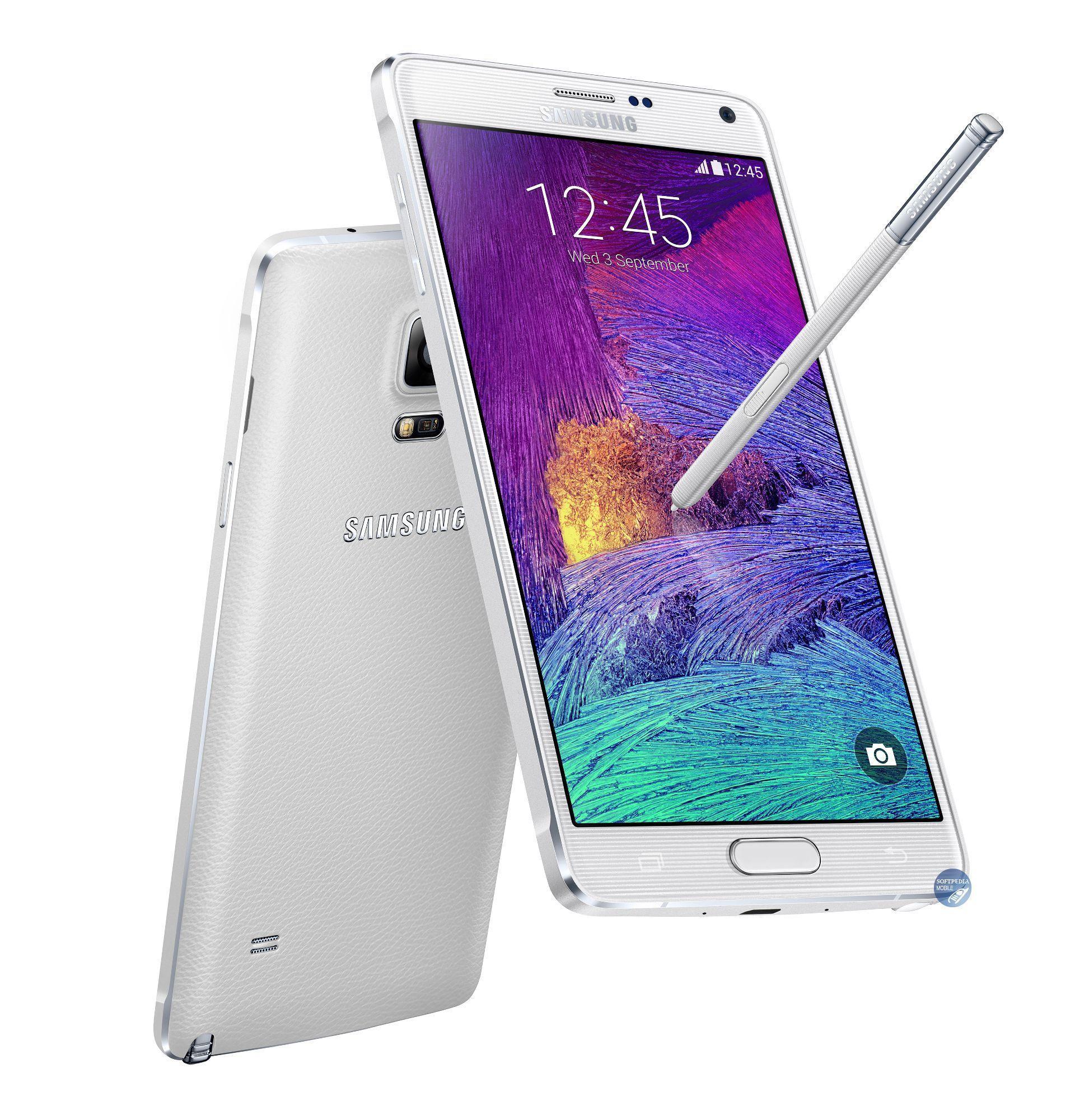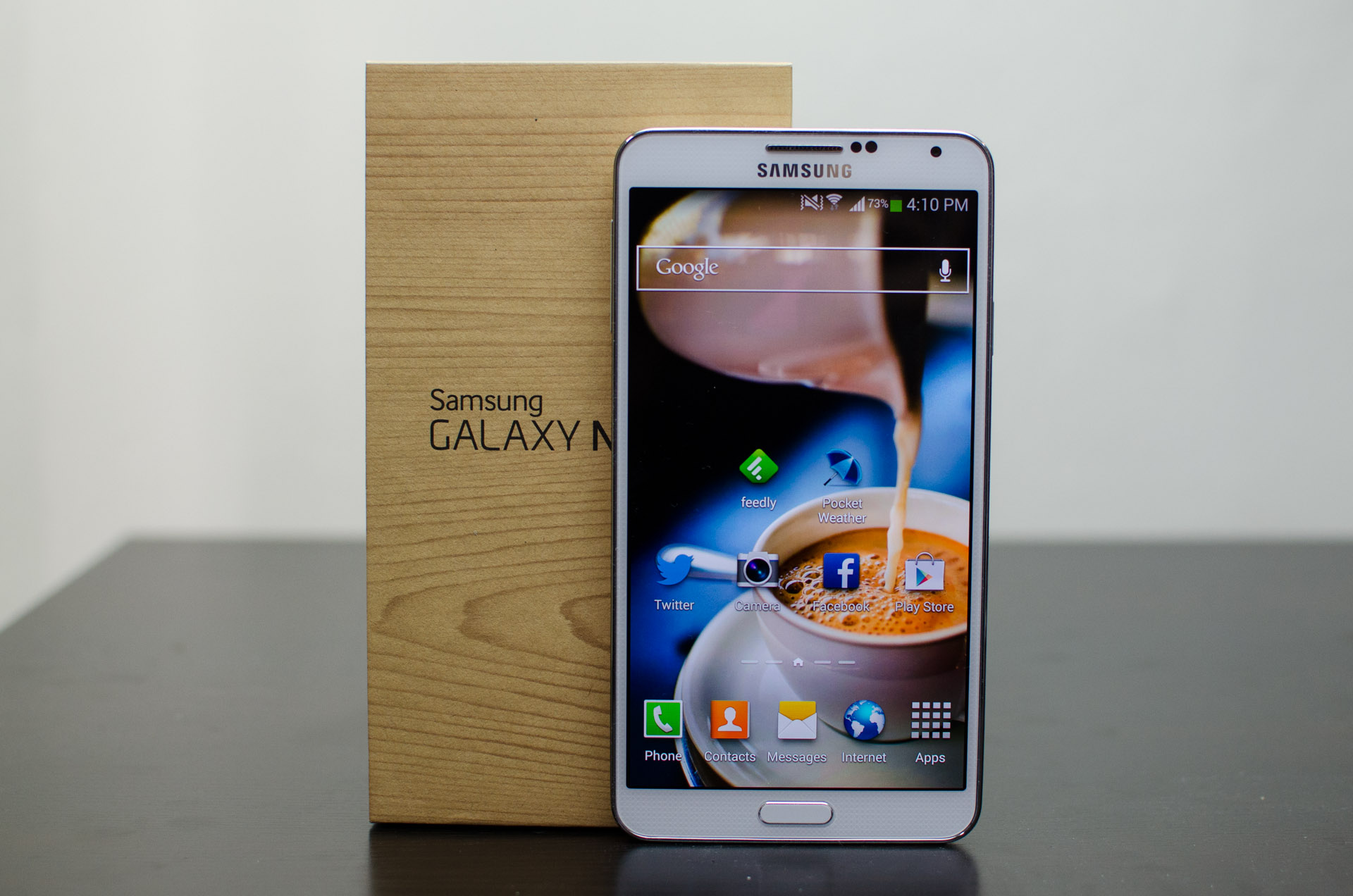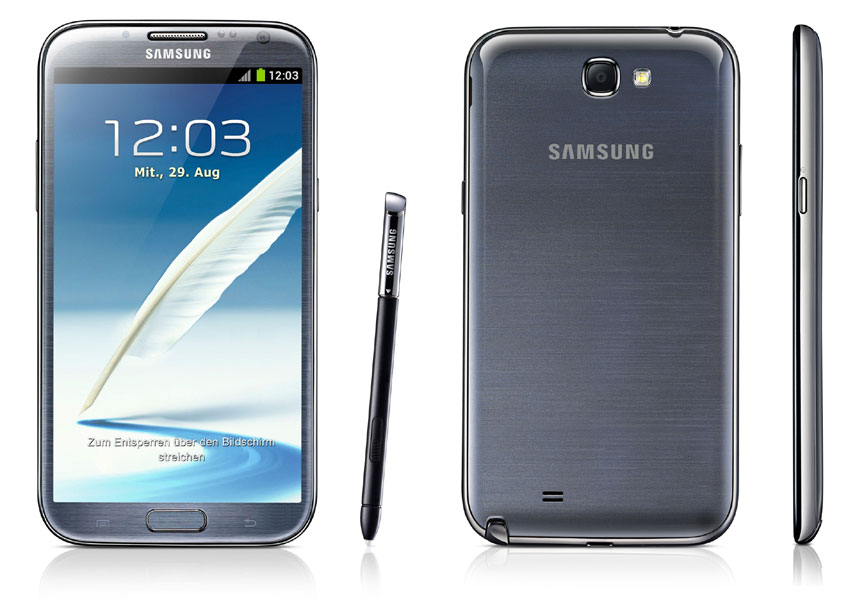

- #Mostrecent galaxy note full#
- #Mostrecent galaxy note android#
- #Mostrecent galaxy note software#
- #Mostrecent galaxy note series#
#Mostrecent galaxy note software#
Subsequent software updates have lessened the problem, but this shouldn't have been a problem to begin with.
#Mostrecent galaxy note series#
But the Note 20 Ultra reinforces the fashion-over-function the series has been struggling with since the Note 5 back in 2015. Samsung even lessened the severity of the curve radius on the S20 series prior to the Note 20 series debut. I know it's a hard problem to solve, but it's one of Samsung's own making the company didn't put curved glass on the mainline Note 20 because it's cheaper. On dozens of occasions during my time with the Note 20 Ultra, I had to either repeat touches that weren't registered or correct errant taps in the wrong places. With any curved surface, palm and errant touch rejection need to be perfect. My other area of complaint centers around the Note's curved glass. This hardware is massive and beautiful, but Samsung still uses its annoying and slow ultrasonic fingerprint sensor, which is tragic. I'm just glad the S21 Ultra finally brings a newer sensor. My frustration is exacerbated by the fact that, back in December 2019, I saw Qualcomm's second-generation ultrasonic fingerprint sensor in action, and its promise was incredible: bigger, faster, and less error-prone. I've complained about this fingerprint sensor through four Samsung phone generations now, and the response usually falls into two camps: people who think I'm completely overreacting and have no issues with usage at all, and those who, like me, despise the sensor and would prefer literally any other biometric option than this one. The best the Note 20 Ultra can do is offer a small fingerprint overlay when the always-on-display is enabled, which it isn't by default. The touch area is too small, and there's minimal visual or haptic feedback to indicate you've identified the correct location. It's the same slow, unpredictable module from Qualcomm that debuted in early 2019 with the S10. The first is that Samsung did not improve the ultrasonic fingerprint sensor inside the Note 20 series. There are two areas where I wish Samsung would have taken critics' criticisms of the previous Note series to heart. I actually think this is a good move since 120Hz at FHD resolution is a far better experience than 60Hz at QHD, but the option to override (and kill the battery much more quickly in the process) remains exclusive to the newer S21 Ultra. With the Note 20 Ultra, Samsung still limits Dynamic Motion Smoothing, as it calls the feature, to 1080p. OnePlus did the same thing with its OnePlus 8 series, but outdid Samsung in one important area: it allowed 120Hz at the phone's highest 1440p screen resolution.

#Mostrecent galaxy note full#
You still can't do 120Hz at the Note 20 Ultra's full resolution you'll need the newer S21 Ultra for that. By taking the onus away from the user in deciding whether they want to prioritize smoothness over battery life, Samsung landed on the best of both worlds, and I only noticed a few instances where the step-down was awkward and noticeable. Samsung made some slight alterations to the way 120Hz works versus the S20 series, too instead of asking you to manually choose between keeping the refresh rate at either 120Hz or 60Hz, when set to the higher rate, the system decides when to dynamically step down to 60Hz again.
#Mostrecent galaxy note android#
Source: Joe Maring / Android Central (Image credit: Source: Joe Maring / Android Central)

The upside is that, once again, Samsung's made the best mobile screen out there, right in line with that of the S20 series and even competitive with the newer Galaxy S21 Ultra. Turn it around, though, and the Ultra's enormous camera module is the first thing you see - especially because it prevents the phone from lying flat on a table.Īs with all Samsung AMOLED displays, the one on the Note 20 Ultra is stunning - nearly perfect in many regards - with seamless color roll-off, inky blacks, incredible daytime brightness that's some 20% higher than its predecessor (though during regular usage, it's difficult to tell the difference), HDR10+ support, and more.

This time, though, the Note 20 distills the design language to a science, executing tolerances that few manufacturers can achieve at scale.įrom the front, it's really hard to tell the Note 20 Ultra apart from 2019's Note 10+.įrom the front, it's pretty hard to distinguish the Note 20 Ultra from the Note 10+, down to the only-slightly-larger 6.9-inch screen size. That's basically what you get with the Note 20 Ultra since it hews closely to Samsung's boxy-body-curved-display design language employed since the Note 8 three years prior. If it looks like a Note and smells like a Note, it must be a Note. Source: Daniel Bader / Android Central (Image credit: Source: Daniel Bader / Android Central)


 0 kommentar(er)
0 kommentar(er)
